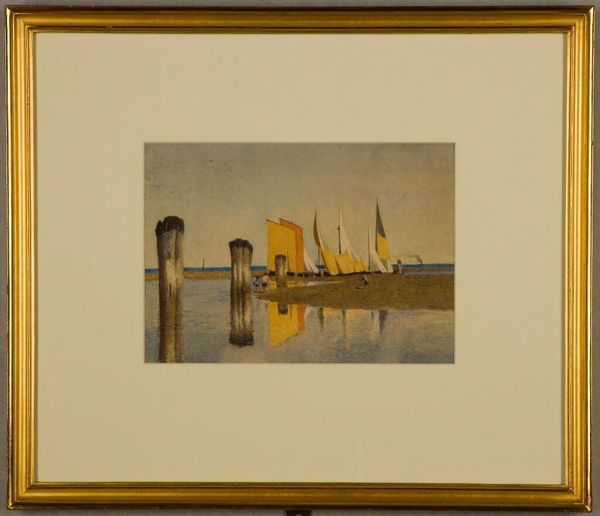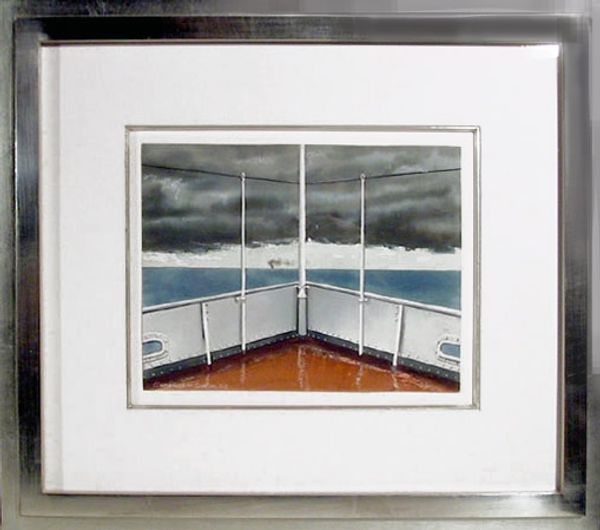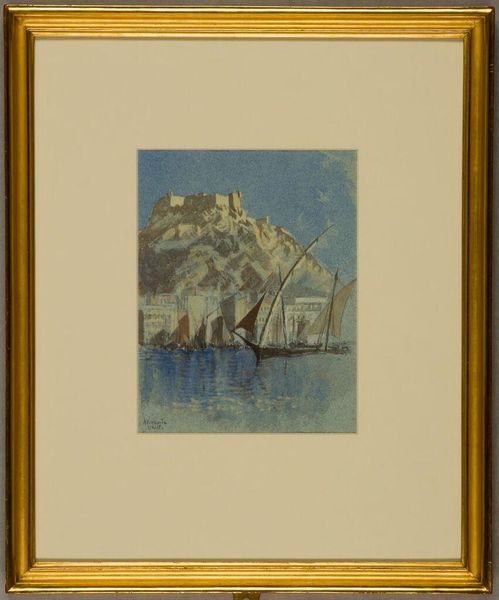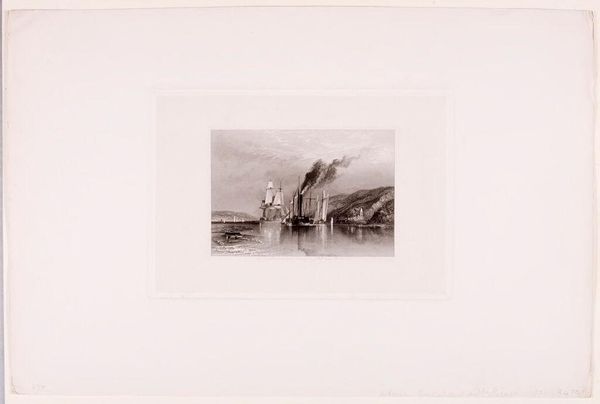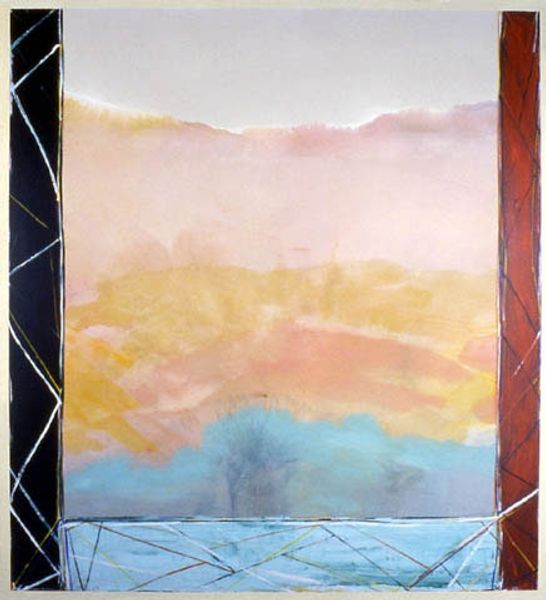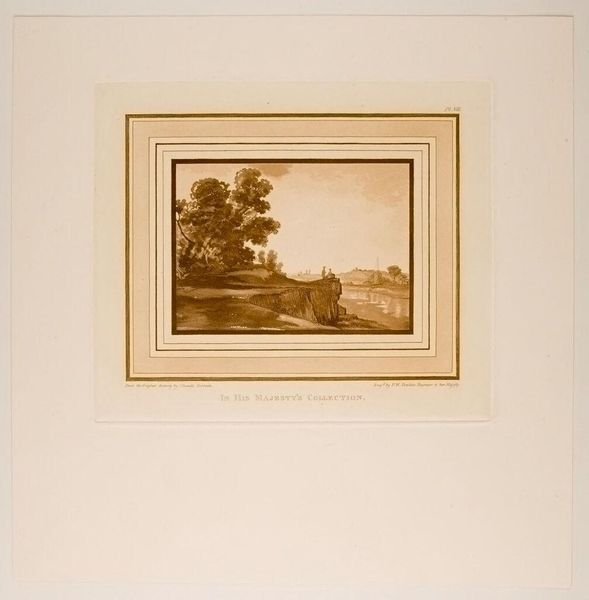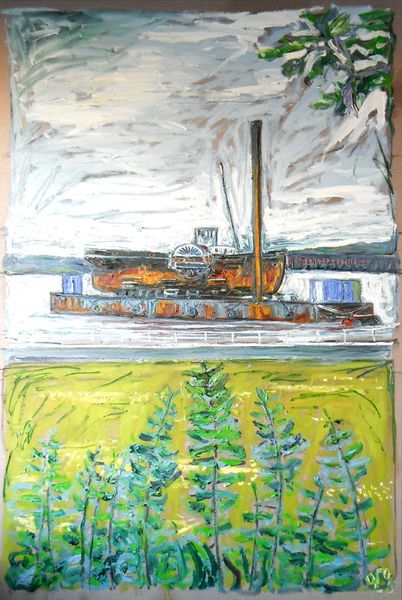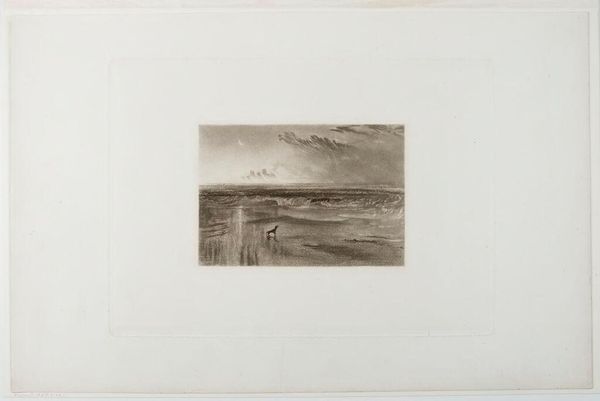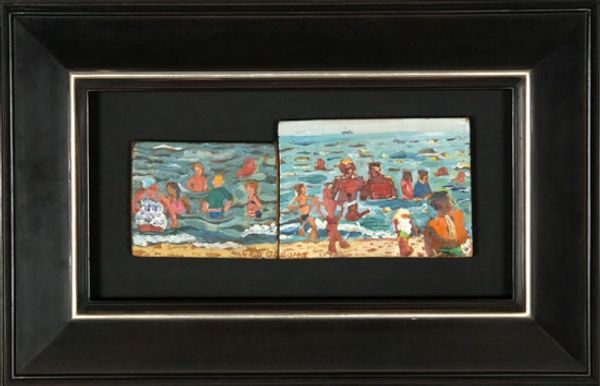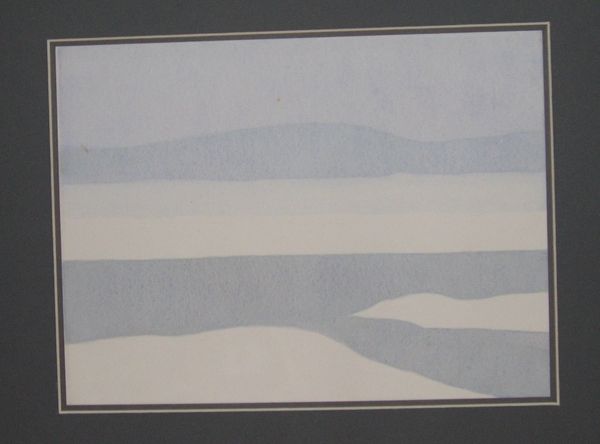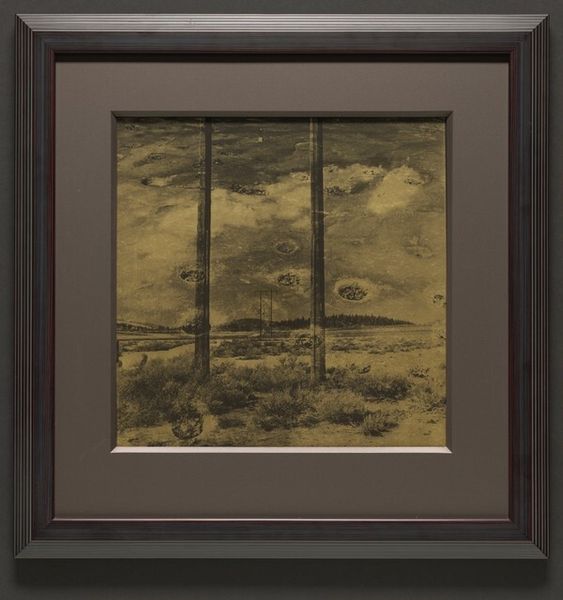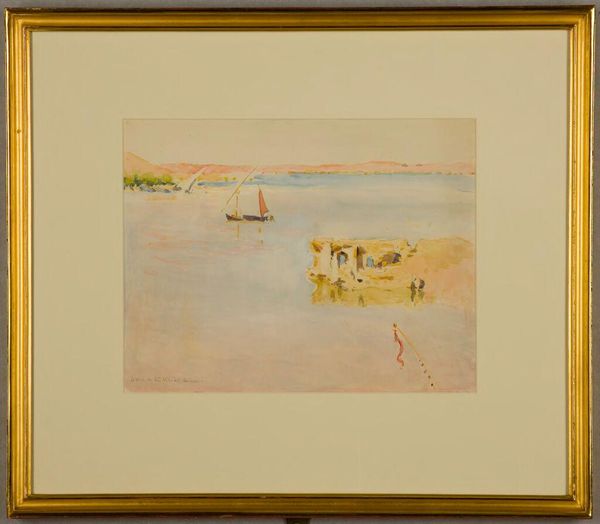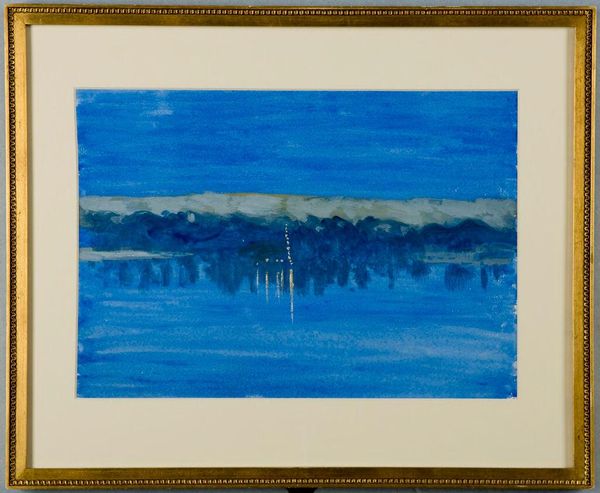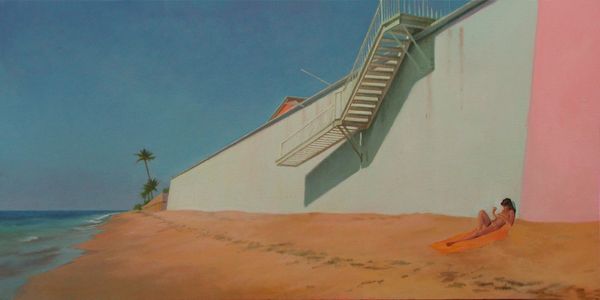
watercolor
#
precisionism
#
landscape
#
watercolor
#
modernism
#
watercolor
#
realism
Copyright: Clarence Holbrook Carter,Fair Use
Curator: This watercolor painting is Clarence Holbrook Carter's "Pipeline," created in 1955. Editor: My first thought is how unsettling it is. That central pipe dominates, leading your eye into… well, I don't know where, but I feel a palpable tension. Curator: The medium is central, here. The watercolor lends itself to a feeling of industrial progress against a natural backdrop; think of the rise of pipeline construction during the mid-20th century. Carter, of course, would have been working within this evolving environment of material development. Editor: True, the social and political implications of pipelines at the time—access to resources, economic growth, environmental impact—would have resonated with viewers. This image of linear expansion, bisecting nature itself, becomes this symbol of modernity. Was it intended to glorify or warn, I wonder? Curator: Consider the meticulous detailing—every cable and strut is carefully rendered. This aligns with the Precisionist movement. The technique isn't just about representation. It speaks to the very culture of industrial processes—each part, essential, precise. It transforms our view. Is it beautiful? Is it dangerous? Editor: It's unsettling how he chooses to frame the subject. I'm placed right at the center, vulnerable in the face of this behemoth, and what's it leading towards, progress or ecological disaster? Museums at the time would certainly have grappled with how to frame such potent political works for public consumption. Curator: This is the crucial dilemma—the beauty of technical mastery set against an anxious landscape. It calls into question whether the making can be separated from the politics and effects it creates. Editor: Absolutely. Art's responsibility in depicting those social shifts. This challenges any passive acceptance, really forces you to reflect. Curator: The tension in it makes me continue to consider art's engagement with materiality and social space. Editor: Me too, I'm just thinking about its lasting presence and impact on today's debates about progress.
Comments
No comments
Be the first to comment and join the conversation on the ultimate creative platform.
